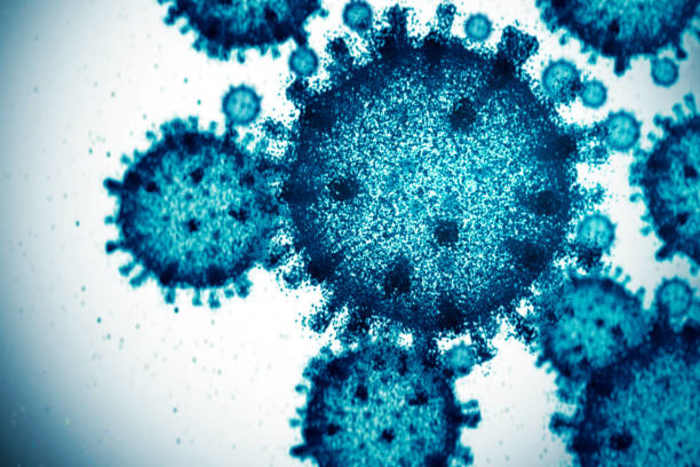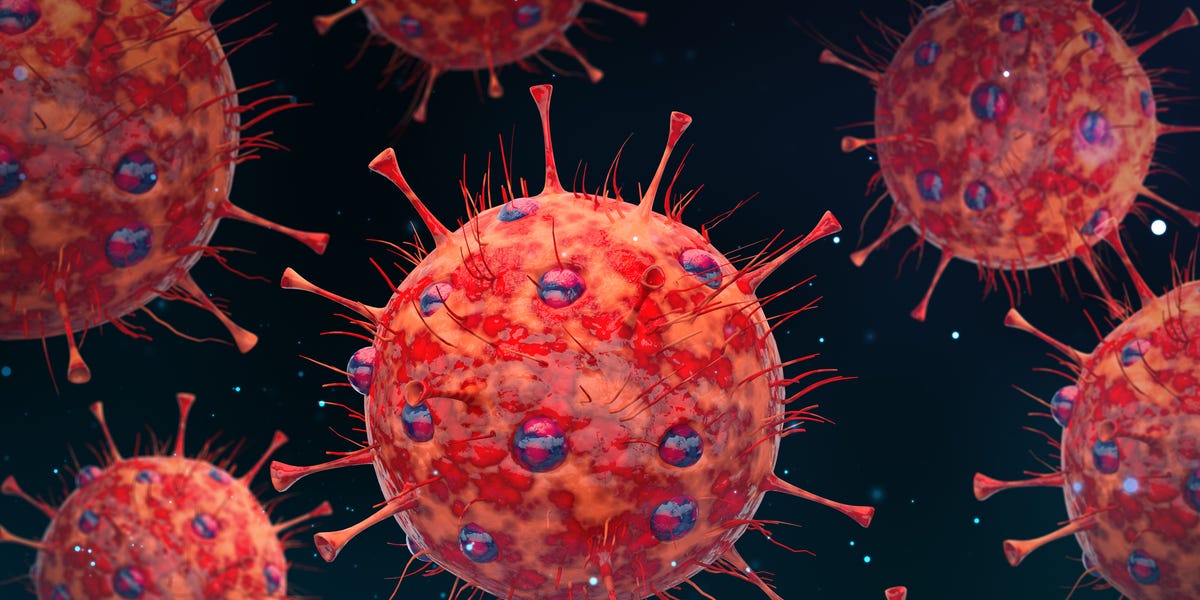
A new group of COVID-19 variants, named FLiRT, is spreading across the United States. According to data from the Centers for Disease Control and Prevention (CDC), KP.2 and KP.1.1 are currently the dominant strains in the US, making up about 32% of all COVID-19 cases.
FLiRT variants appear to be highly transmissible, with symptoms similar to those caused by previous strains of COVID-19. These symptoms include sore throat, cough, fatigue, congestion, runny nose, headache, muscle aches, fever or chills, new loss of sense of taste or smell, shortness of breath or difficulty breathing.
Viruses constantly change through mutation and sometimes these mutations result in a new variant that may spread more easily. The CDC notes that such changes are to be expected and can make the virus harder to stop.
It's important to note that while the symptoms of COVID-19 caused by FLiRT variants may be similar to those caused by previous strains, individuals who are more vulnerable, such as older adults or those with underlying health conditions, may experience more severe symptoms.
The CDC recommends staying up-to-date on COVID-19 vaccines and boosters to help protect against the virus. Additionally, practicing good hygiene habits such as washing hands frequently and wearing masks in public places can help reduce the risk of infection.
Sources: [1] Centers for Disease Control and Prevention. (2024). COVID-19 Variants: What You Need to Know. Retrieved May 15, 2024, from https://www.cdc.gov/coronavirus/2019-ncov/variants/index.html [2] Centers for Disease Control and Prevention. (n.d.). COVID-19 Symptoms by Age and Sex. Retrieved May 15, 2024, from https://www.cdc.gov/coronavirus/2019-ncov/symptoms-testing/symptoms.html



